Errors are an unavoidable part of any programming. In Python, these errors are handled through the concept of Exceptions. To improve your programming, you’re in the right place! After all, you don’t just want to ignore errors, but effectively manage them to develop robust applications.
Key Insights
In this guide, you will learn:
- How to implement simple error handling in Python.
- The importance of exceptions compared to traditional error codes.
- Strategies to efficiently identify and manage errors.
Step-by-Step Guide to Error Handling
Let’s start with the first consideration for error handling in Python. If you want to create a function that, for example, downloads a file from a URL, it’s important to structure the entire process well. First, we’ll define the function.
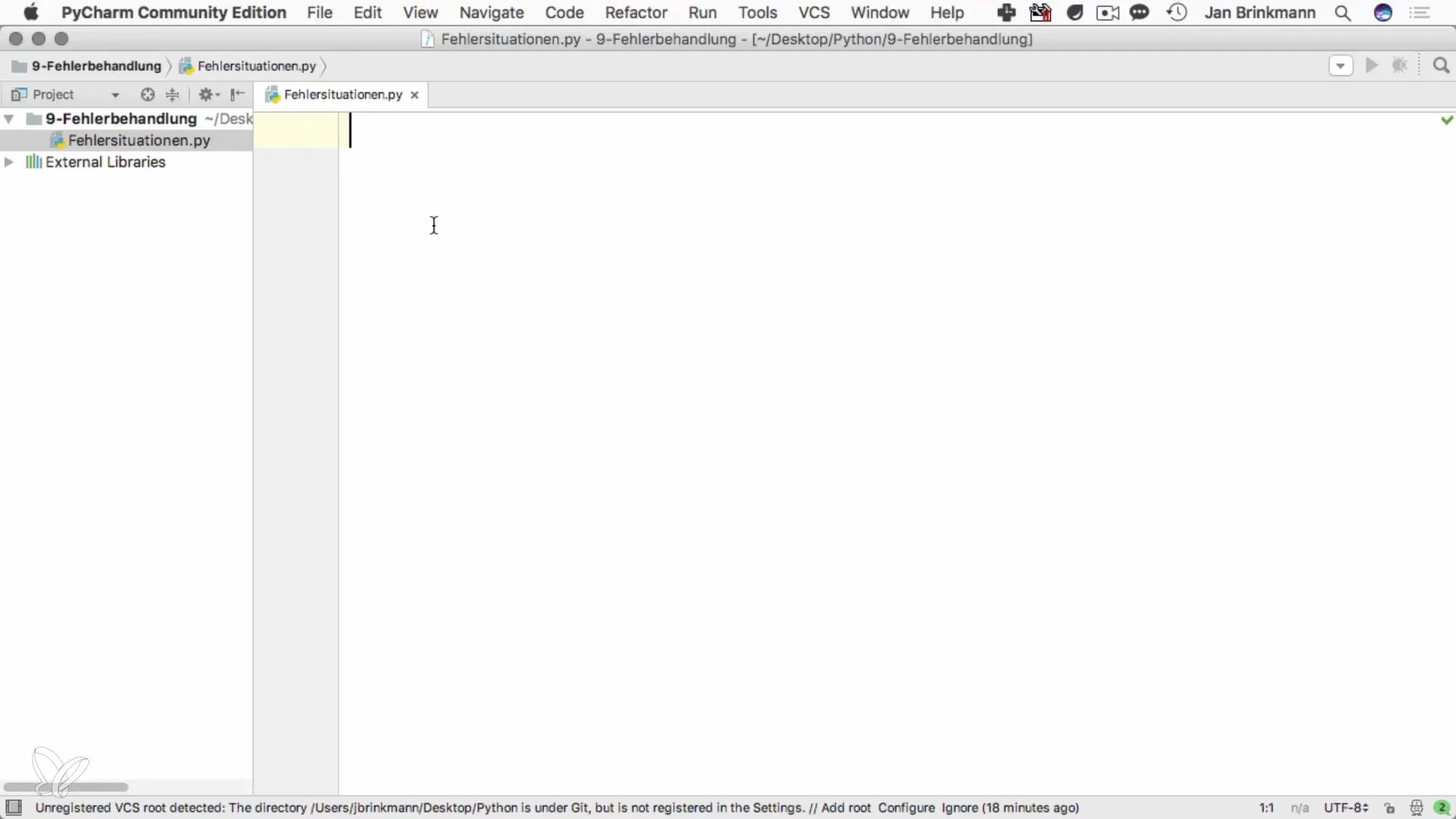
Let’s assume the function is called download. This is the starting point for your download process. Within the function, you would establish a connection to the URL. The first step is to successfully establish the connection. If this step fails, it will disrupt the entire download process.
Complete the setup of the function by adding the download logic. After the connection is established, you could initiate the download of the file. However, keep in mind why errors might occur in each of these steps – whether due to timeouts, unreachable hostnames, or other network issues.
After the download has been successful, the next step is to save the file in the designated directory. Here too, errors might occur, such as when necessary permissions are lacking. At this point, it’s practical to locate return values to signal the success or failure of the file operations.
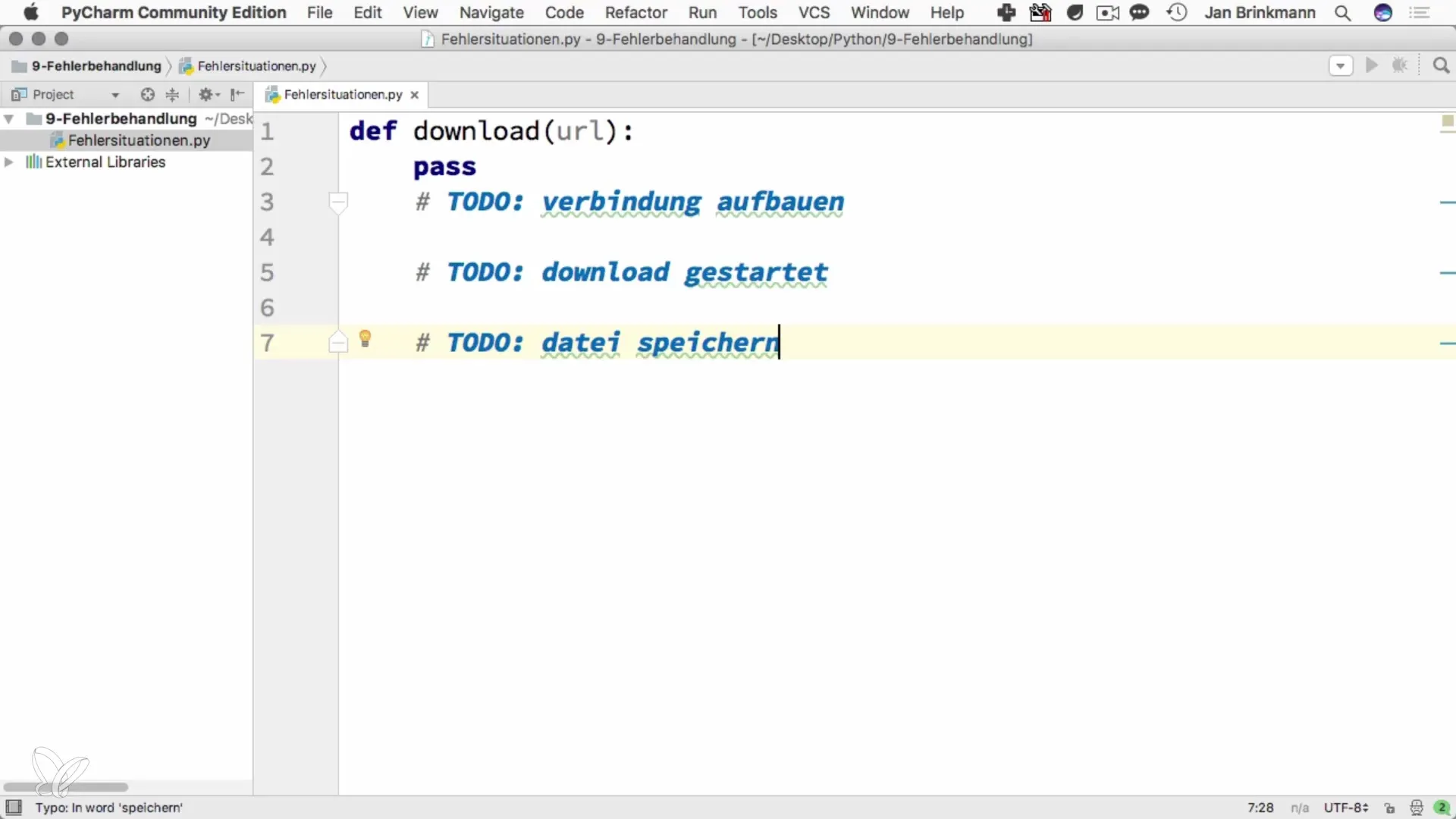
You could use simple boolean return values. If everything goes well, return True to indicate the successful download. If something goes wrong, you can return False. However, this is only a limited solution for more complex issues.
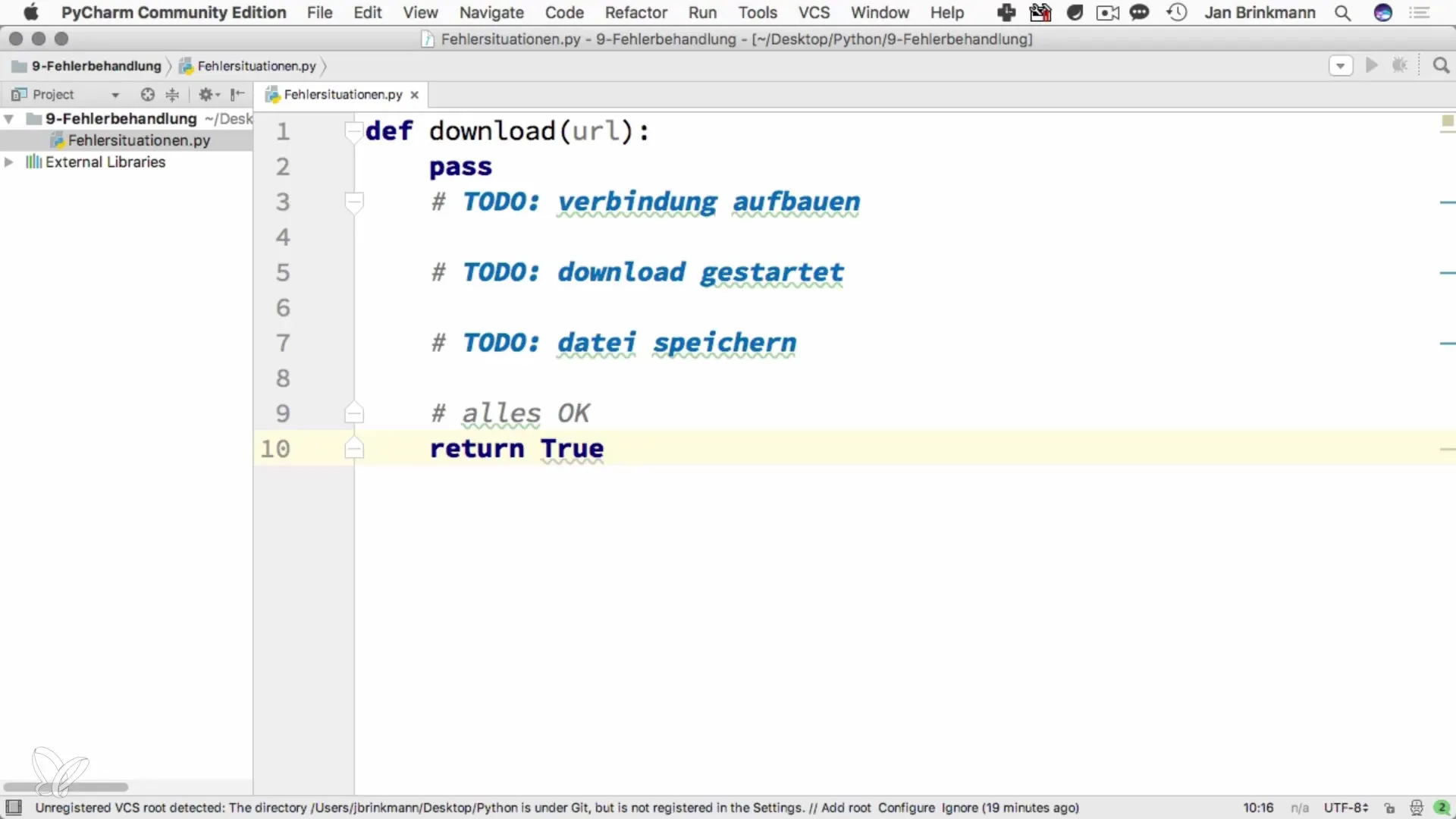
To make the problem more complete, you can implement multiple return values to indicate different error conditions. Instead of just using True or False, you could return specific codes, such as 1 for success, while other numbers represent different error states.
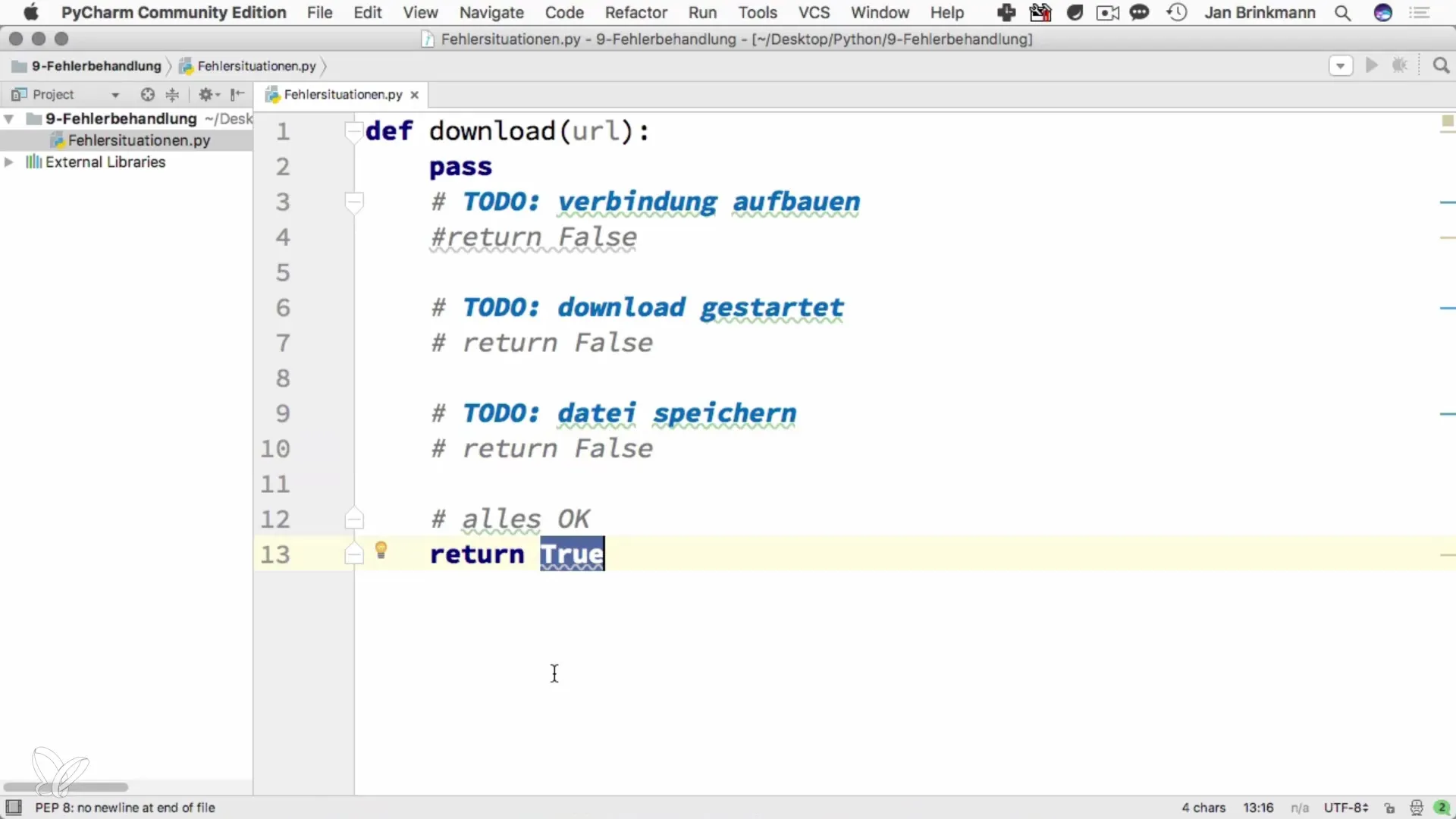
However, it is clear that this method is inadequate, as the meaning of the known return values remains uncertain. For example, if you receive return 2, it is unclear what the problem is. This is where the concept of exceptions comes into play.
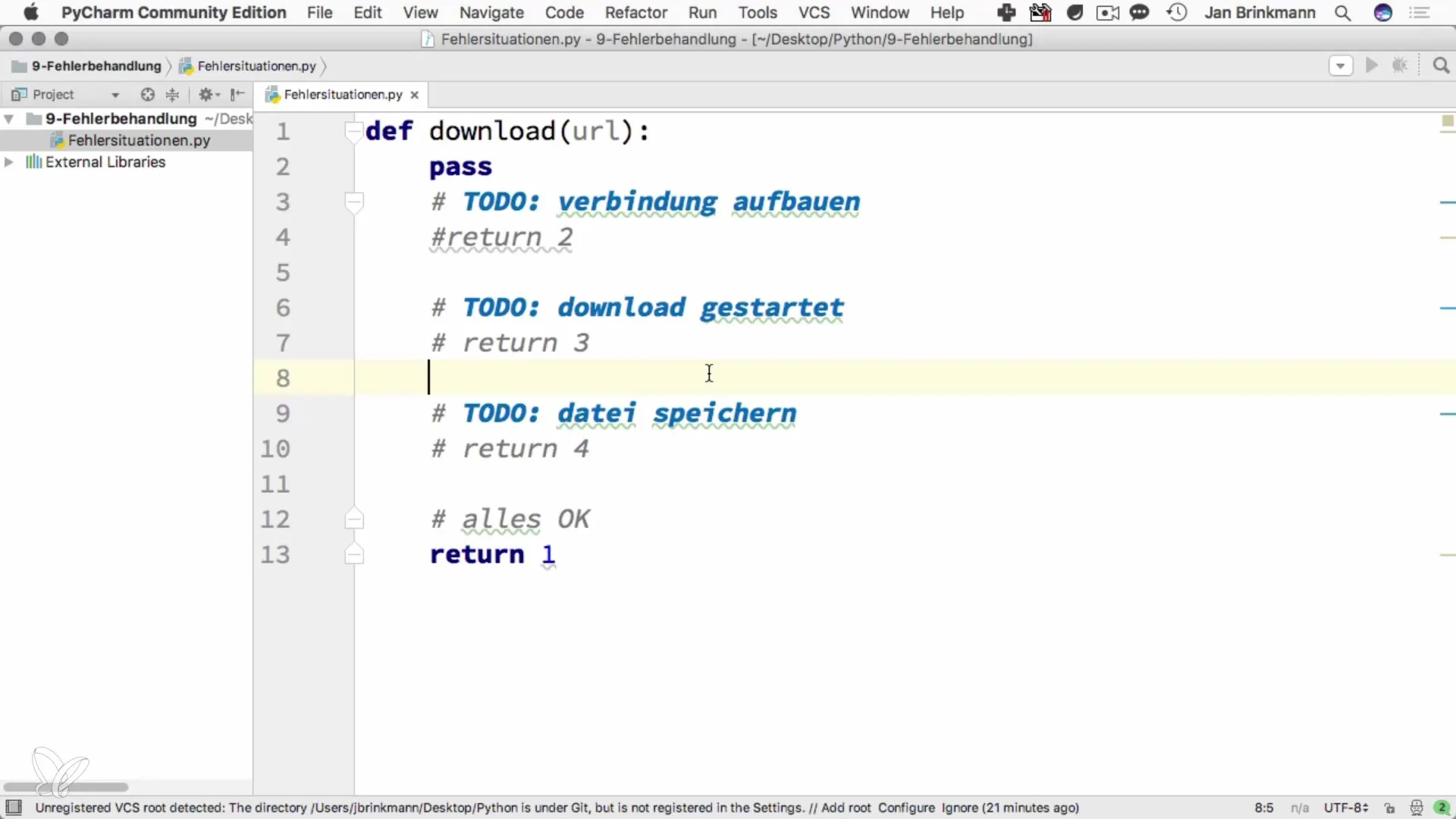
Exceptions in Python provide an elegant way to handle errors – especially in larger programs or when using object-oriented programming. Unlike the inadequate return values, exceptions give detailed information about the error.
Once you work with exceptions, you’ll be able to catch specific errors and respond to them more effectively. This leads to clearer structure and a better user experience in your app.
In the next video, you will learn how to use these for your programming. Understanding error handling is an essential foundation for becoming a successful programmer.
Summary – Understanding and Applying Error Handling in Python
In this tutorial, you have learned the basics of how errors are handled in Python. Creating robust software requires effective error management strategies, with exceptions playing a central role.
Frequently Asked Questions
What are exceptions in Python?Exceptions are special errors that can occur during program execution and help process problems better.
How do return values work?Return values like True or False indicate whether a function was successful or not, but are often limited in their meaning.
When should I use exceptions?Use exceptions when you want to deal with complex error states and need informative error messages.
What happens if I ignore a problem?Ignoring problems can lead to unexpected behavior or crashes in the application.
Can I define custom exceptions in Python?Yes, you can create custom exceptions to handle more specific error conditions in your application.


